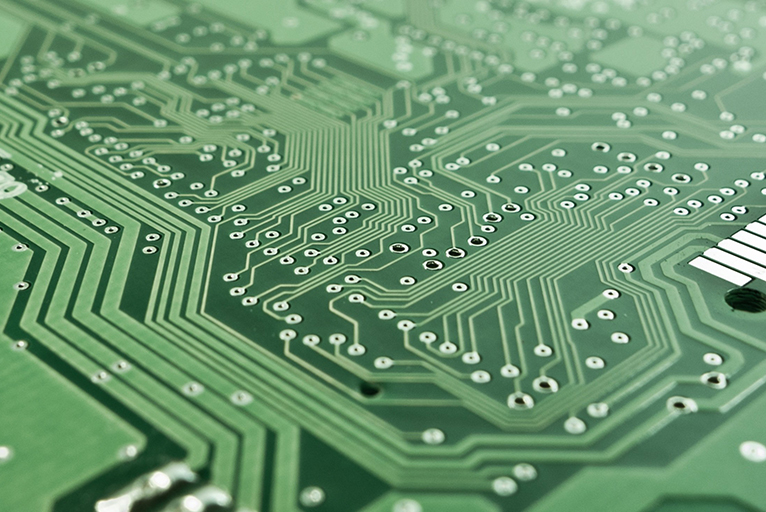google-site-verification: google0228a1feb97d321e.html
google-site-verification: google0228a1feb97d321e.html
google-site-verification: google0228a1feb97d321e.html
google-site-verification: google0228a1feb97d321e.html
google-site-verification: google0228a1feb97d321e.html
google-site-verification: google0228a1feb97d321e.html
PCBA three anti paint is protective oil, waterproof glue, insulation paint, anti moisture, anti mold, anti dust, insulation, so it is called three anti paint, it is mainly in the assembly of the back end, after the SMT patch processing test, the product surface to do three anti treatment, the process includes dipping, brushing, spraying, selective coating and so on.
The thickness of the brushing is generally: 0.15mm to 0.35mm brushing operation temperature should not be less than 15℃ and the relative humidity is less than 70% under the conditions. It has an important protective effect on the product, especially some temperature and humidity is relatively poor environment, coated with three anti paint has a superior must can make the circuit board storage time more long, improve the reliability of electronic equipment, reduce the warranty cost, barrier external erosion of the product, pollution and so on. The spraying method is the most common coating method in the industry.

Shanghai Yangmi ultrasonic spraying system, used in fuel cell proton exchange membrane spraying, thin film solar cells, perovskite, microelectronics, semiconductor, nano new materials, glass coating, biomedical, textile and other fields. We can provide you with more suitable products, services and solutions, which can be effectively applied to your industry area.
Ultrasonic spray systems use advanced spray technology to accurately control flow rate, coating speed, and deposition. Low speed spray molding defines atomized spray as a precise, controlled pattern that avoids overspray when producing very thin and uniform coatings.